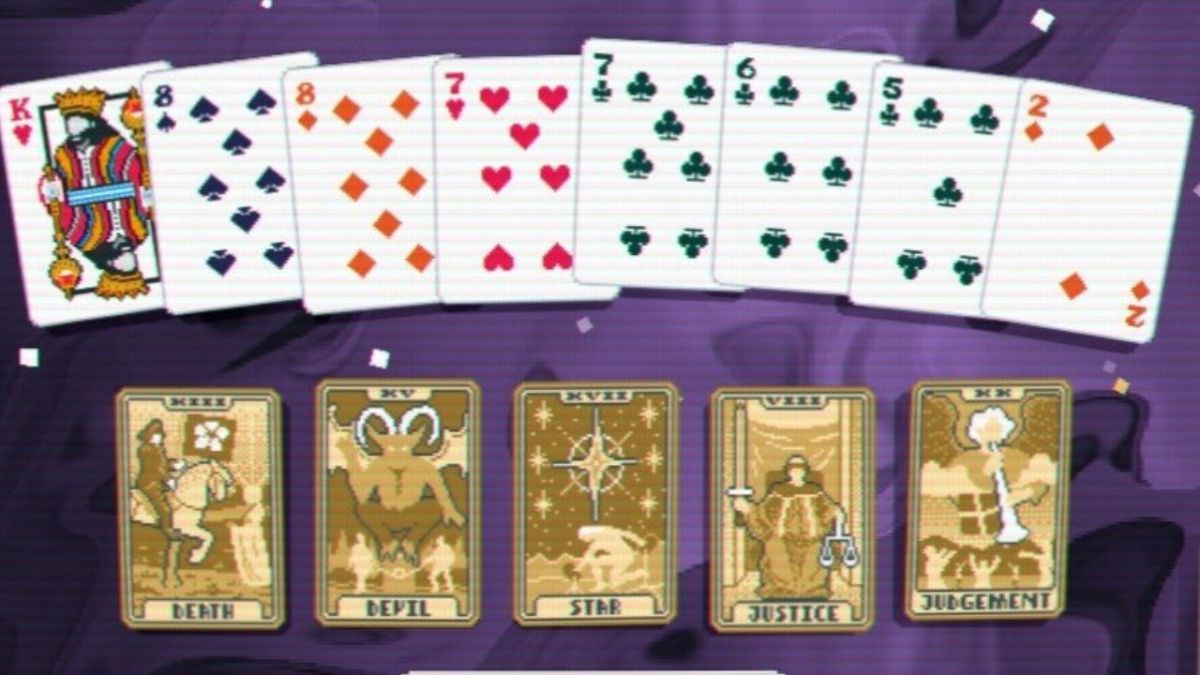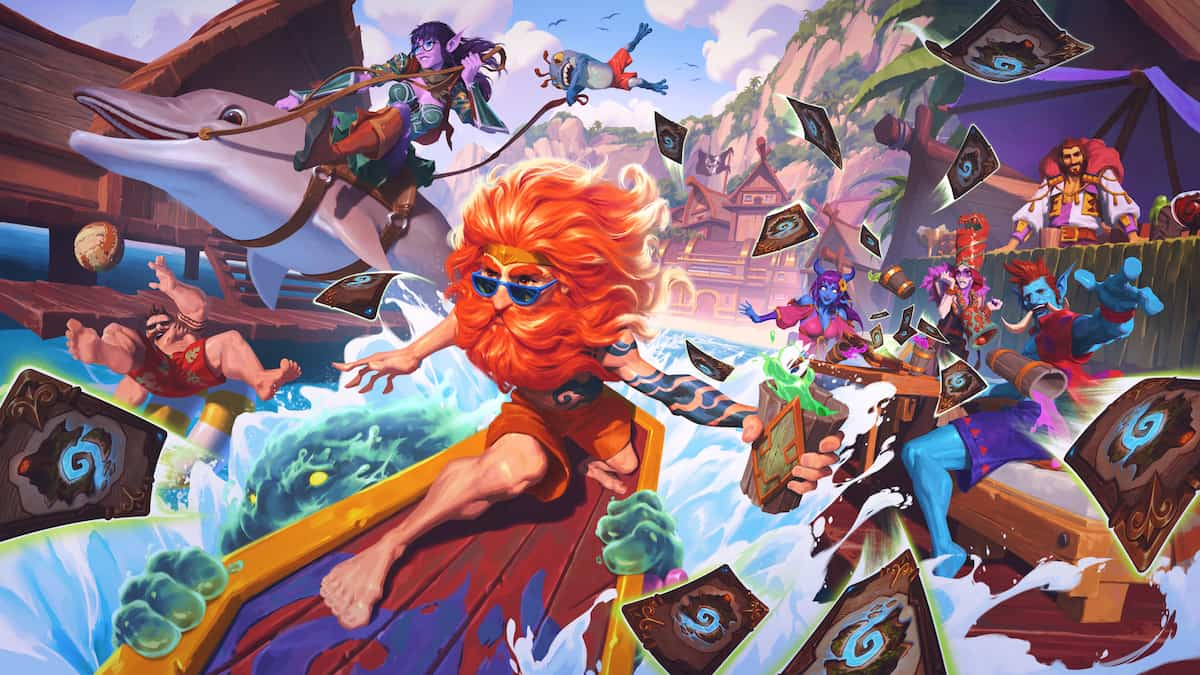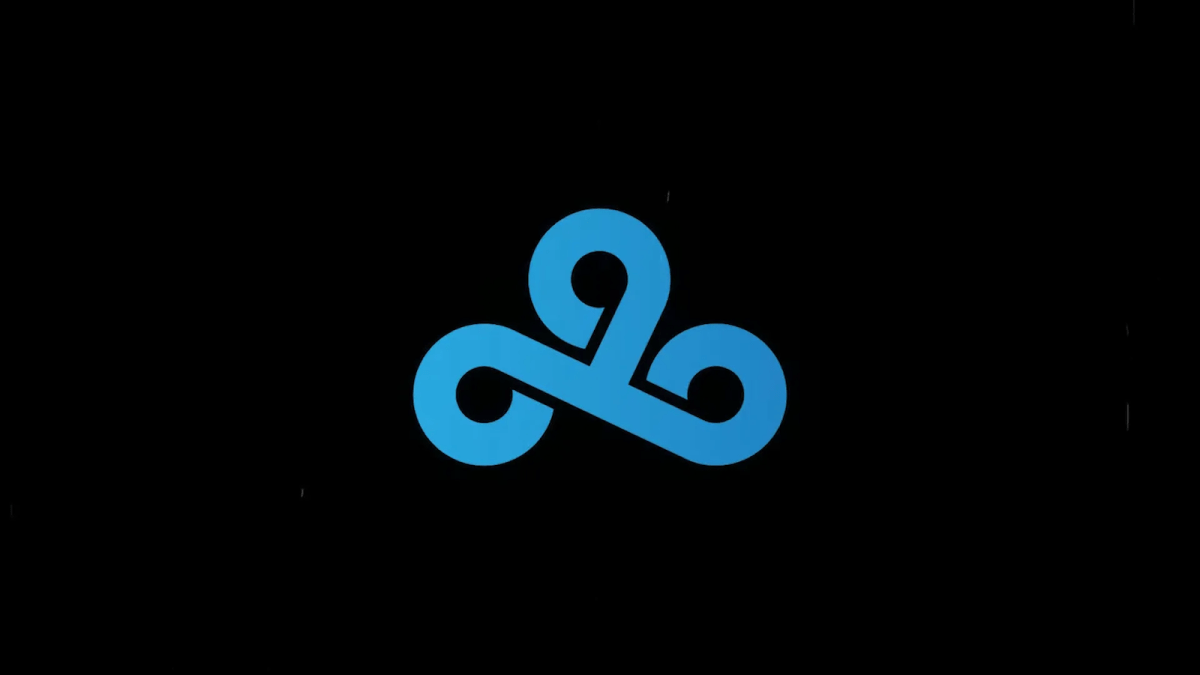Introduction
Well, it’s finally time. All of you know by now that I am not the biggest fan of Big Spell Priest. However, there is no doubt that it is a very cool archetype that does something we’ve never seen before in Hearthstone. That’s why I do this series, and that means we’re digging in and taking a look at easily the most interesting Anduin build in the current meta. There are several ways you can go when putting together this deck, but the one we’re breaking down today is pretty standard. Some people like to get creative or run up the tech slots in this one, but the deck is a tempo minion build. And, like most tempo minion builds, you want consistency over everything else.
Key Cards
Shadow Ascendant/Kabal Talonpriest
We begin our discussion with Shadow Ascendant and Kabal Talonpriest because they both represent the core idea behind this list. You are an all-minion deck that, like Tempo Rogue, runs basically no spells. In order for that to work you have to be able to win trades throughout every stage of the game. If you do not get out on the board early, you are typically going to get run over because, with the exception of Duskbreaker, you have no real way to come back. As such, you need to get a lot of value out of ascendant and talonpriest. These cards enable you to create sticky minions early on, which then helps you cement yourself as you move into the middle turns. That is incredibly powerful for a deck like this because, if you’re ahead going into turns five through seven, you should be able to take the game.
Always look for ways to push your board. This is going to come up multiple times throughout the article, but any time you can kill something while keeping your minion alive, you should. Even something as simple as Kabal Talonpriesting a two drop so that it can live through your opponent’s is the kind of swing that sets you up for the entire game. You not only want to have something on the board each turn, you want to have something on the board that is ahead of your opponent. Shadow Ascendant is a bit different in that regard because it buff comes at the end of turn rather than right away. As a result, you typically want to try to put it on a high-health minion in order to dissuade your opponent from trading. That then allows you to take priority back with your buffed minion (even if ascendant dies) and gives you control of the next play.
Faerie Dragon
Going off of the whole “strong minions” theme, Faerie Dragon is an incredibly powerful choice for this deck. There are a couple reasons for that. One is that the 3/2 is, of course, a dragon. Dragon synergy is not going to be easy to come by in a deck like this one because you run such a wide range of different minions. Being able to pack in as many Duskbreaker and Drakonid Operative triggers as you can is extremely important. Not only that, but the two drop also helps you increase your consistency without sacrificing your curve. You need a strong push early on the in the game, and the more early game cards you can play that have multiple uses, the better off you will be.
Another reason the 3/2 is great is because it is one of the few minions available that your opponent cannot readily interact with. There is not a ton of removal in the game right now, but there is enough from control decks that being able to stick something they can’t touch is extremely strong. The 3/2 also comes with the added bonus of being able to blank things like Backstab as well. The dragon is almost guaranteed to trade early, which is very powerful when you want to go toe-to-toe with other aggro or midrange decks. Stick as many buffs as you can onto Faerie Dragon and try to buff it as much as possible. You have many strong targets to use, but there is no doubt this is your best.
Duskbreaker
The power of Duskbreaker is undisputed. The card has given dragon decks a ton of extra power and helped them combat all sorts of aggro lists over the past two months. However, it acts a bit differently in this deck because of your curve. It is easy to clear your own minions with this card, which means you need to be very careful about when you use it. Of course, if you can ever run it out as a tempo Hellfire, you should. The 3/3 body is very strong, and losing a bit of health on your threats is always worth a good push. This card gets much harder to use when there is a lot going on. The rule is to always drop it down if it is going to keep you ahead, but that can be hard to see a lot of the time. Basically, if the 3/3 is going to set up a future play or make it so you have more minions on the board than your opponent, it’s worth it.
All of that being said, it is also important to note that, as mentioned, Duskbreaker is the only card that can really bring you back onto a losing board. You need to hyper-focus on your curve because you are going to be extremely crippled without it. That goes double if your opponent recognizes what you’re running early on. There have been more than a few games where my opponent has flooded the board or gone all-in with minions because they realized I had no clear spells. If that happens to you, or if you find your board slipping away, you need to play to the four drop as much as possible. Anticipate your opponent’s future threats, and do everything you can to get all opposing minions into the three damage range. Then, if things go south, you’ll be able to instantly bounce back.
Spiteful Summoner/Bonemare
I am lumping these two cards together because, like Shadow Ascendant and Kabal Talonpriest, they build off of a core theme. Spiteful Summoner and Bonemare are two of your main win conditions in this deck, and both of them are at their true power when you’re ahead on board. Putting these down into a favorable situation allows you to push hard with damage without having to worry about your what your opponent does. You always want to think about your future turns with this deck. A lot of the time that just means sticking to your curve, but it helps if you know exactly how the game is going to go. Then, once you have an idea of how you’re going to play, you need to stick to it as much as you possibly can. These cards should take priority over everything else. If you have them in hand do not be afraid to allocate resources to making sure they come down on an empty board.
Bonemare, as anyone who has ever faced the card knows, is one of the best tempo swings in the game. However, Spiteful Summoner is also incredible at pressing for priority, and it often represents lethal or finishing damage. The 4/4 body is relevant, and then being able to instantly get an eight or ten drop is unbelievably strong when you’re already pressing. In order to play a deck like this one you need to be able to keep your opponent on the back foot. The two bodies generated by summoner may not come with the taunt of Bonemare, but they do make it so that you instantly take control of the game. Even if both minions die, you can often use them to bait out AOE, strong removal, or set up for a next turn Bonemare by taking heat off of smaller threats.
Mind Control
You only run two spells in this build. While each of them are here for Spiteful Summoner and Grand Archivist, they each also do well on their own. Mind Control is a power house of a card, especially in a midrange build like this one. Typically, this is seen as a control tool, which means it is often too slow for most Hearthstone metas. The ability to take a minion is strong, but it only does so much against flooded boards or tempo decks. However, that limitation changes here because you are fighting for the board the entire game. As you have a strong curve (and natural synergy with Summoner/Archivist) this card is typically going to be a wonderful finisher because you will most likely ahead when it comes down. If you can cement your presence or priority on turn nine and then take your opponent’s desperate attempt on turn ten, you will most likely win. You don’t have to wait for some big threat or finisher to pull the trigger on control. It can be tempting to try to snag an eight or nine drop, but taking any solid body is going to be worth it here. This is not your out, it is simply another great tool in a deck filled with value.
Deck Code
AAECAZ/HAgLKwwLQ 5wIOCOEEjQjyDIK1Arq7AvC7ApnIAsrLAs7 MAqbOAvvTAsvmAtfrAgA=
Matchups
The four decks I see the most while playing the ladder.
Razakus Priest
Razakus Priest is undoubtedly going to hold the top spot in the meta until rotation. While that may seem like frustrating news for some builds, it poses little threat or consequence to us. This is a game where you have a large advantage for a variety of different reasons. The biggest is that you have the dragon subtheme, which causes a lot of problems for Anduin. Not only does the slew of strong threats like Drakonid Operative and Cobalt Scalebane quickly stretch Priest’s limited removal thin, but it also completely blanks their best clear in Dragonfire Potion. In addition, double Twilight Drake absolutely crushes them, especially when you need to get something to stick. I have had many games where a big-bodied drake carried me by getting for four turn after turn. You want to get at least one minion down a turn in this one, but prioritize your dragons when possible.
Advancing your board state is all you care about in this game. Play around Priest’s single removal options when you can, but also don’t cripple your curve or take a turn off because you’re scared of something. The point of this game is to leverage your big threats, and then use that damage to steadily build to lethal before your opponent can get to their combo. Razakus is built off of card draw engines that typically give them a weak board. Take advantage of that, and always go hard at your opponent’s face when they give you an opening. Also try your best to set up a board that Shadowreaper Anduin can’t touch (which means no turn seven Bonemare when going into turn eight). The Death Knight can quickly kill you, and you want to put it off as much as possible. Even if your opponent can respond to a few smaller minions, delaying the DK can buy you the extra turn or two you need to close this one out.
Cubelock
Warlock’s power grows by the day, and that is concerning for everyone on the ladder. This is a matchup that you want to play as if you are Tempo Rogue. That is to say, you need to press with your strong threats while also being aware of your opponent’s possible clearing options. Defile, Hellfire, Siphon Soul, and Twisting Nether can all ruin your day if you aren’t ready for them. If you think your opponent is going to have spot removal, go wide with smaller threats. That way, even if they do hit you with AOE, you will be ready to rebound with larger bodies. When playing around AOE, you want to simply do the opposite. Only present your opponent with two big threats. That way, they either use valuable removal or they die.
The most important part of this game is finding a way around Voidlord. While the Carnivorous Cube combo can be problematic in longer games, things are usually going to be wrapped up long before that. As a result, you have to get a handle on the 3/9. While it may not seem too bad at first glance, the longer the game goes, the better off your opponent is going to be. Always try to stack up a wide board so you can easily take down the nine drop and the three taunts that come after. Also note that Mind Control is a wonderful way to destroy Warlock. Not only does stealing their minions eat into their combo, but it also shuts down Bloodreaver Gul’dan. Run out the ten mana spell as soon as you can hit something big with it.
Tempo Rogue
Despite its brief period of slumber, Tempo Rogue appears to be back and in full force. This game is going to largely feel like a mirror match, and you should absolutely treat it like one. The pacing of this game is going to be a blood bath that revolves around minion combat. You play something, it dies, then your opponent plays something, and it dies. You want to go back-and-forth in this way until you can play a huge swing turn that your opponent simply cannot answer. Big threats are strong, but they get easily eaten by Vilespine Slayer. Rather than trying to go big, you typically want to go wide. A slew of midrange threats will destroy Rogue due to their lack of AOE. That line of play also enables you more options and targets for buffs. Spamming minions may not be what this deck does, but it should be your route in this matchup.
Do not be afraid if this game starts to go long. As long as you can keep a lid on your opponent setting up a strong Bonemare or Cobalt Scalebane, you will eventually be able to take the day through powerhouse cards like Spiteful Summoner, Free from Amber, and Mind Control. Rogue has no real top end to their curve. Yes, they have big minions, but so do you. That means your spells are almost always going to trump your opponent. Mind Control in particular will destroy Rogue. Do not get impatient here. Trying to go for damage or ignoring a single card can leave you exposed. Wear your opponent down turn after turn, then strike once they are out of resources.
Aggro Paladin
I love Aggro Paladin, I really, really do. Unfortunately, the deck has been slipping over the past couple of weeks. Even so, it is still the premier aggro deck around, and you should expect to play against it at all different parts of your climb. When you see Uther you need to mulligan aggressively for one and two drops. Bodies are incredibly important in this match. Paladin is going to try to win the game by going wide with small minions, and you are going to counter than with overstatted minions. You are going to trade into your opponent early on. This will stop them from building early damage, and it will also shut down Call to Arms. However, once turn four passes, you want to press hard to set your opponent on the back foot. It can be tempting to naturally slide into the role of control, but Paladin has a lot of ways to claw back into games if you get too conservative. Don’t allow them to be the aggressor. Rather, make them think about your board. If you can do that, Paladin, no matter what tech cards they’re running, will not be able to keep up.
Mulligan Guide
As with any all-minion build, you only care about hitting your curve. Northshire Cleric, Shadow Ascendant, and Faerie Dragon are your three must-keeps. Netherspite Historian should be kept with any dragon, while Tar Creeper and Kabal Talonpriest are great on curve, with or without the coin. Twilight Drake is great on curve, and it should always be kept against Priest. Duskbreaker should always be kept against aggro or midrange, and Drakonid Operative is a good card to keep on curve when facing a control build.
Conclusion
Alright…fine. This deck is fun. There. I said it. I know I’ve talked some trash about it over the past few weeks, but it really does have a lot of potential. It is rare you get to play cool cards in this game and be competitive, but that is the case with Big Spell Priest. As I said, there are a lot of flex or tech spots in this one if you know what to look for, but those are options I wouldn’t take. I prefer the bare bones version. If you’re looking for something a little different, this is something to definitely take a look at. Until next time, may you always Spiteful Summoner into Y’shaarj, Rage Unbound.





Published: Jan 15, 2018 02:29 pm